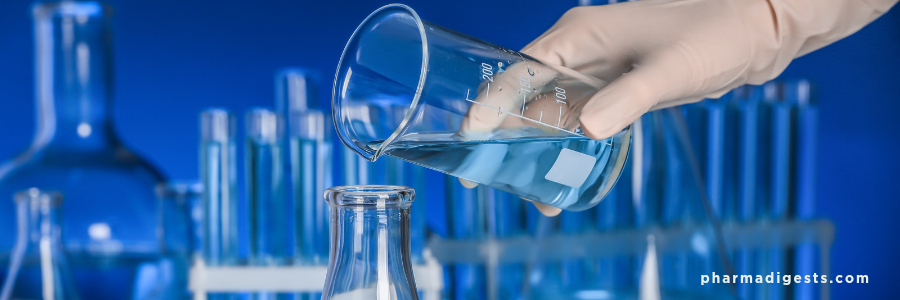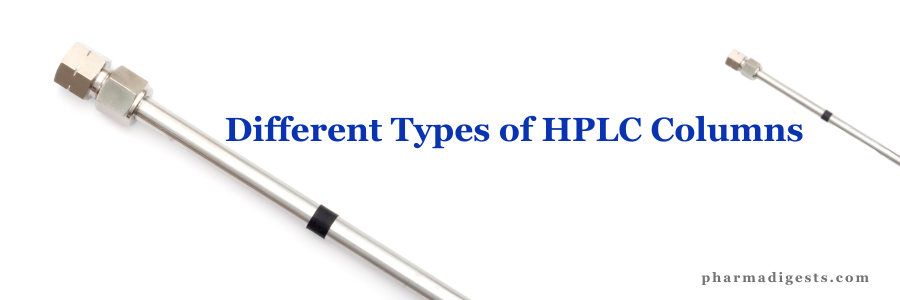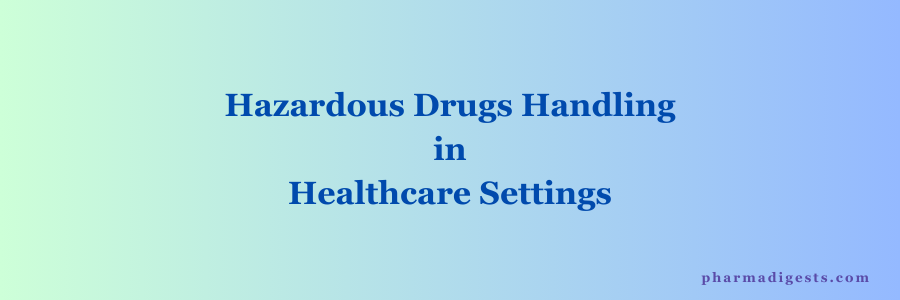Pharma Blog

Manual Titration to Automated Titration | USP Recommendations
While several titration methods for assays in compendial monographs are being converted to chromatographic methods or other quantitative procedures, titration still plays an important role in pharmaceutical analytical procedures and processes. Several applications, such as distinguishing between carbonate and bicarbonate or monobasic and dibasic phosphate salts, are only feasible by ... Read More

Qualification and Re-Qualification of Personnel Involved in Laboratory Activities
Qualification and re-qualification of all personnel involved in laboratory activities are critical aspects, which contribute to ensuring the validity of results. This article describes how to manage the qualification of new personnel in the different phases as well ensuring maintenance of competences and the steps to be undertaken to re-qualify ... Read More

Gluconeogenesis | Formation of Carbohydrates
Gluconeogenesis is a metabolic pathway of glucose formation from amino acids and the glycerol portion of fat. About 60 percent of the amino acids in the body proteins can be converted easily into carbohydrates; the remaining 40 percent have chemical configurations that make this difficult or impossible. Each amino acid ... Read More

Major Sources of Contamination in the Sterile Area
Contamination in the sterile area is a critical concern in a variety of industries. Understanding the sources of contamination is crucial in implementing effective measures to prevent and control it. The primary sources include human factors, air pollutants, equipment and materials, water and liquids, and cross-contamination. Human error is a ... Read More

Major Challenges in Pharmaceutical Supply Chain Management
The pharmaceutical supply chain constantly face many challenges that have to reduce for maintaining smooth supply of materials. It has become more complex because it involves the life-saving interest of human being and requires the participation of different stakeholders such as wholesalers, distributors, pharmaceutical manufacturers, customers, information service providers and ... Read More

Forced Degradation Studies During Method Validation
During method validation, the FDA expects forced degradation studies to be conducted to assess the stability-indicating capability of the analytical method. These studies involve subjecting the drug substance or product to various stress conditions (e.g., heat, light (Day and UV light), acid/base hydrolysis, oxidation) to induce degradation. By monitoring changes ... Read More

Different Types of HPLC Columns in Pharmaceutical Analysis
In High-Performance Liquid Chromatography (HPLC), the choice of column is crucial for successful separation and analysis. Let’s explore the different types of HPLC columns: Normal Phase HPLC Columns Stationary Phase: These columns have a more polar stationary phase than the mobile phase. Silica gel, a polar material, is commonly used ... Read More

Drug Excipient Compatibility Study During QbD
To perform Drug-Excipient Compatbility (DEC) study 4 types of samples are required to be preprared: All these samples are packed in flint glass vial or amber color vial (if API is light sensitive) with and without sealing & exposed for a particular time period i.e. 1 Day, 3 Days, 7 ... Read More

Basics of Line Clearance in Pharmaceutical Industry
Line clearance is an essential process in the pharmaceutical industry to ensure the safety and quality of products being manufactured. It involves a thorough inspection and verification of equipment, facilities, and materials before starting a new batch production or after completing a batch. The 3 C’s of line clearance, which ... Read More

Hazardous Drugs Handling in Healthcare Settings
USP General Chapter- 800 provides standards for safe handling of hazardous drugs to minimize the risk of exposure to healthcare personnel, patients and the environment. The National Institute for Occupational Safety and Health (NIOSH) considers a drug to be hazardous if it exhibits one or more of the following characteristics ... Read More

Supply Chain Security Risks in Pharmaceutical Industry
Supply chain security refers to the protection of a company’s supply chain from various risks and threats that could disrupt or compromise the flow of goods, information, and services within the supply chain network. Supply Chain Security Includes Physical Security: This involves safeguarding physical assets, such as warehouses, transportation vehicles, and ... Read More
